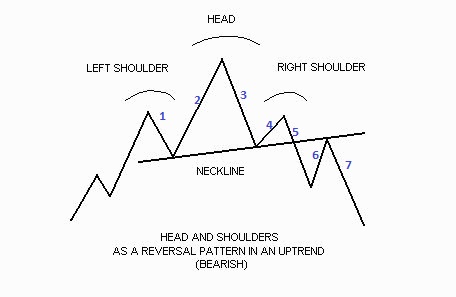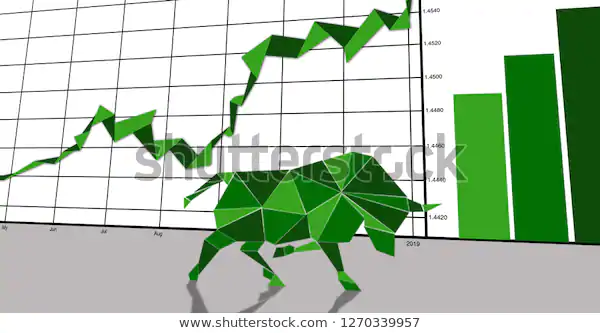Contents
The second part shows the cost of goods sold and the cost of goods sold. The costing method refers to the cost confirmation and costing system. Industries differ in their nature, the products they produce, and the services they provide. Therefore, different costing methods are used in different industries. For example, the costing method used by building contractors is different from that of shipping companies.
- For incomplete physical units in progress at the end of a period, equivalent production units are calculated on the basis of percentage estimate of degree of completion.
- Where different products arise in the same process and common costs are prorated to various costs units.
- Through this method only the variable cost is allocated i.e. direct materials, direct expenses, direct labour and variable overheads to production.
- Khatabook does not make a guarantee that the service will meet your requirements, or that it will be uninterrupted, timely and secure, and that errors, if any, will be corrected.
- Instead of purchasing the material for each product separately, it may be allocated for both products on a single purchase order.
It’s best to have an accounting system that supports direct material, labor, and overhead costs. It will help you identify which projects are most profitable and by how much. That information can be used to make smart decisions about the company’s focus and what products make the most sense to manufacture.
Cons of process costing:
According to ICMA terminology, “Process Costing is that form of operation costing which applies where standardized goods are produced”. Where different products arise in the same process and common costs are prorated to various costs units. Such individual products costs may be taken as only approximation and hence not reliable. Process costs are important in industries that have high innovation.
Since the cost of unfinished goods can fluctuate, for instance with changes in raw materials costs, it’s important to ensure equivalent units are still equivalent in cost. If not, you end up over or underpricing, either of which can hurt the company’s bottom line. For example, a company is manufacturing two grades of products, Product- Deluxe and Product- Regular. Both the products pass through a similar production process but require different quality and quantities of raw materials. The cost of raw material is accumulated on the basis of job or batches or units of two variants of products. But the costs for the conversion activities need not to be identified with the product variants as both the Products require similar activities for conversion.

Instead of using actual prices, this technique estimates a cost model for each phase of the process. Manufacturers often choose this technique when gathering updated data on actual expenses would be too time- or labour-intensive. Additionally, it might be helpful for companies who produce a variety of goods but find it difficult to assign specific pricing to every single one of them.
Historical Costing:
Is used to get more accurate product pricing, particularly when expenses vary dramatically from one cycle to the next. The first units in the production chain are assumed by FIFO to be the first to be finished. It does not include expenditures from the previous cycle for those starting work-in-progress units when figuring expenses for the current quarter. Add up all production-related expenses, including those for direct materials and conversion. A firm selling price of each bulb is Rs. 200 and variable cost is Rs. 160. The company is also incurring fixed expenses of Rs. 50,000.

There are other industries that undertake different types of work. For example, motor workshops accept a variety of jobs. So it is a basic method to ascertain the cost at each stage of manufacturing.
Job costing is suitable for industries that manufacture or perform work according to customer specifications. Process costing is suitable for industries where production is continuous and the units of production are the same. All other methods are a combination, extension, or improvement of these basic methods. To be successful with job costing, you need to have good accounting and control. You’ll want to be sure you know exactly what your expenses are before assigning them to a product.
OptiProERP, as part of eWorkplace Manufacturing, is SAP’s strategic industry partner for manufacturing and distribution and its first OEM partner as part of SAP’s global PartnerEdge Program. EduPristine provides free career counseling to students who want to pursue a career in accounting and finance. To learn more about the various courses, book an appointment now. CAs, experts and businesses can get GST ready with Clear GST software & certification course. Our GST Software helps CAs, tax experts & business to manage returns & invoices in an easy manner. Our Goods & Services Tax course includes tutorial videos, guides and expert assistance to help you in mastering Goods and Services Tax.
Continuous Operation Costing
Process costing is the method of costing applied in the industries engaged in continuous or mass production. Process costing is a method of costing used to ascertain the cost of a product at each process or stage of manufacturing. Your accounting department can help to identify different projects and code expenses as needed.
Since process costing determines the cost of each unit based on the overall costs of departments or stages in manufacturing, errors can creep in by including non-production costs when calculating. That could mean pricing process costing is an appropriate method costing when producing items too high which can damage customer relationships and lower sales. To determine the total costs, both direct and indirect costs incurred for the opening stock and current production are to be considered.
Calculating process costs can be time-consuming, since finding the right equivalent units may require looking back into production data. Yet the right equivalent units must be found to estimate costs correctly. The time that accounting managers spend to find equivalent units can be expensive. Financial management software, integrated with manufacturing ERP, automatically https://1investing.in/ tracks all department costs, provides overview reports, and keeps historical data to help easily identify cost trends. Abnormal Process loss should not be allowed to affect the cost of production as it is caused by abnormal unexpected conditions. Such loss representing the cost of materials, labour and overhead charges called abnormal loss account.
How Do You Calculate Process Costs?
To avoid the complication a provision must be created to reduce the stock at actual cost prices. This problem arises only in respect of stock on hand at the end of the period because goods sold must have realized the internal profits. The complexity brought into the accounting arises from the fact that the inter process profits introduced remain a part of the prices of process stocks, finished stocks and work-in-progress. If the transfer price is higher than the cost price then the process account will show a profit. 2.The production is continuous and processes are standardized. OptiProERP is a leading global provider of industry-specific ERP solutions for manufacturers and distributors.
It indicates per unit cost in addition to total cost. Cost sheet is prepared on the basis of historical cost and estimated cost. Accuracy is one of the process costing’s potential drawbacks.
The first thing that the business should do is to identify the flow of units during the manufacturing process. The apportionment of total cost among joint products and by-products is difficult. The computation of average cost is more difficult in those cases where more than one type of products is manufactured and a division of the cost element is necessary. Since cost data is available for each process, operation and department, good managerial control is possible. Use of standard costing systems in very effective in process costing situations.